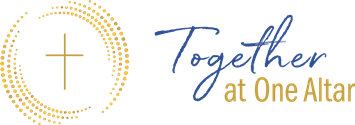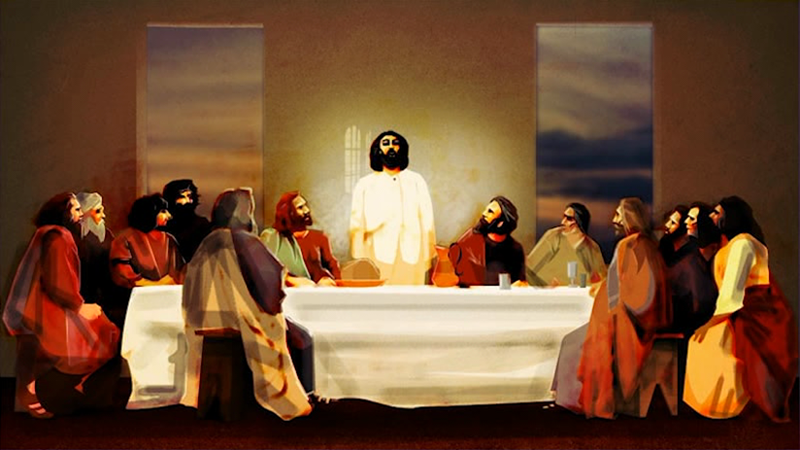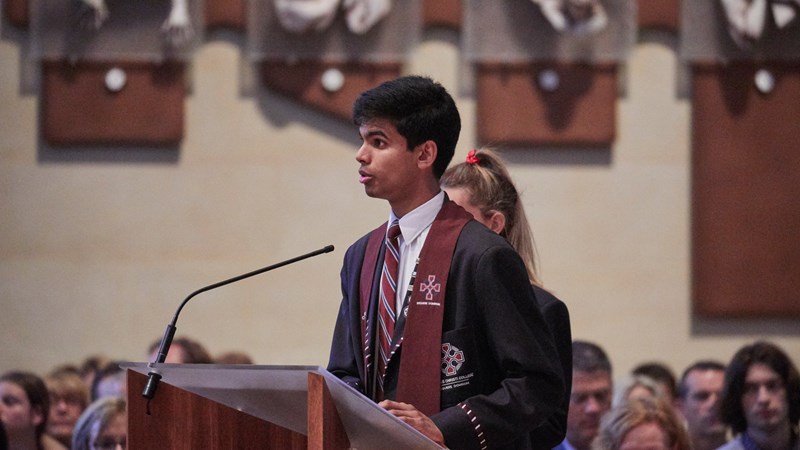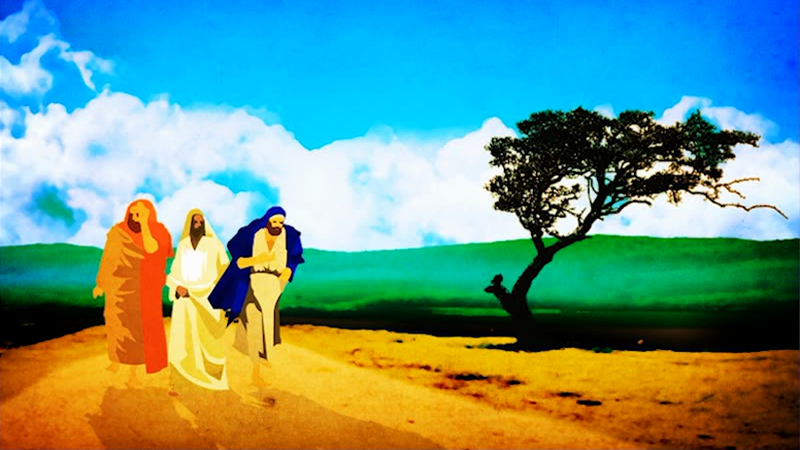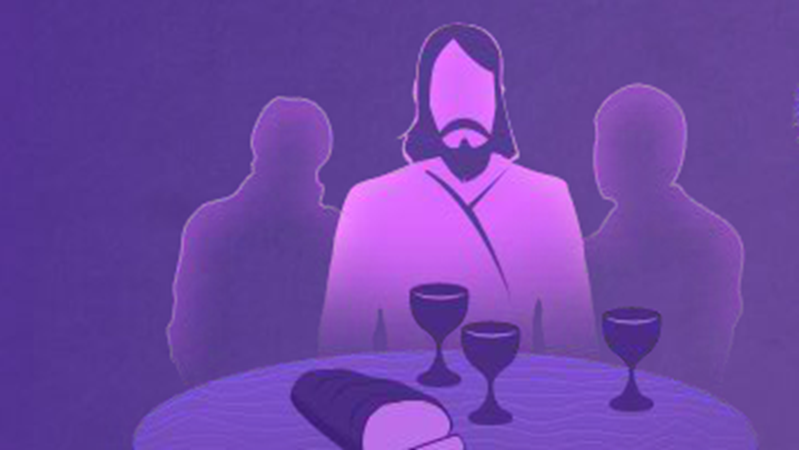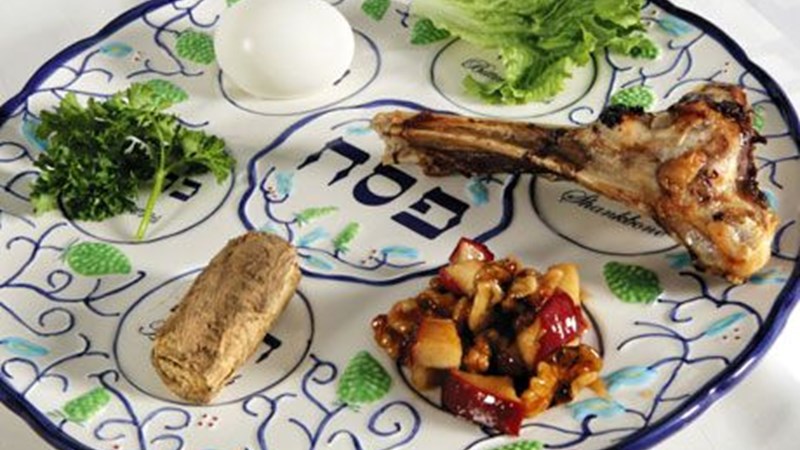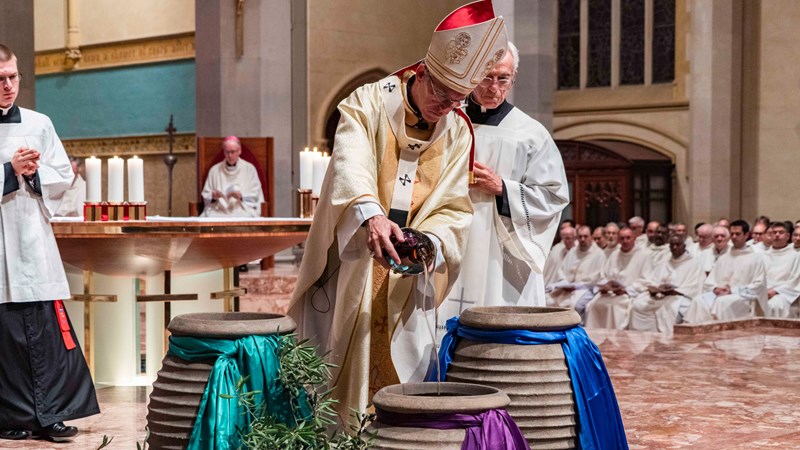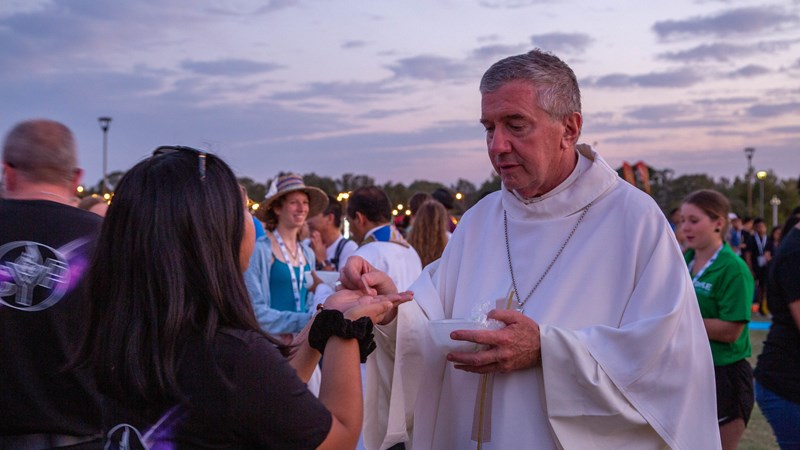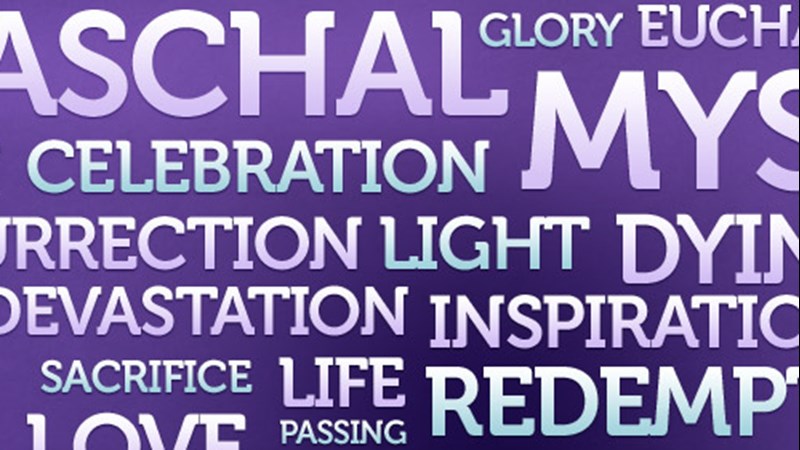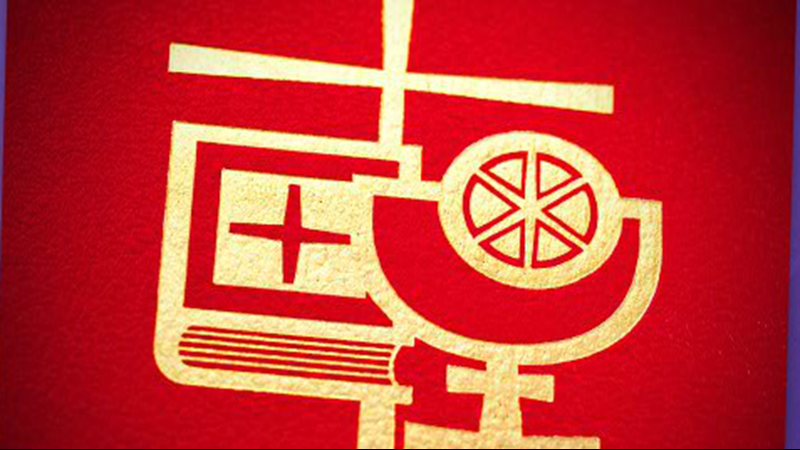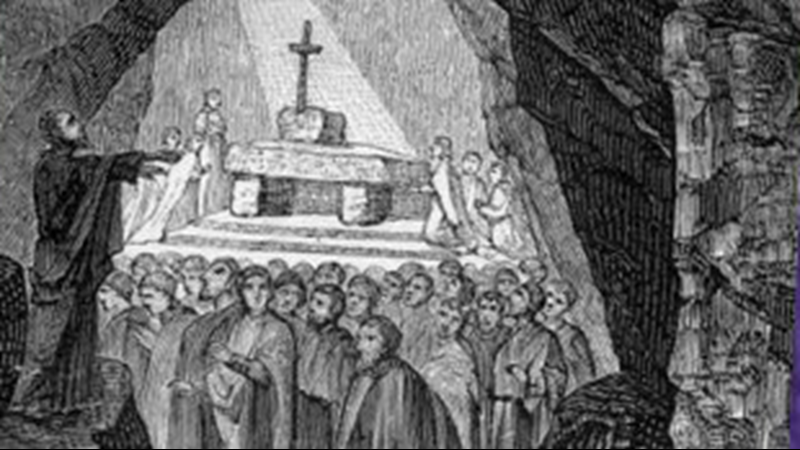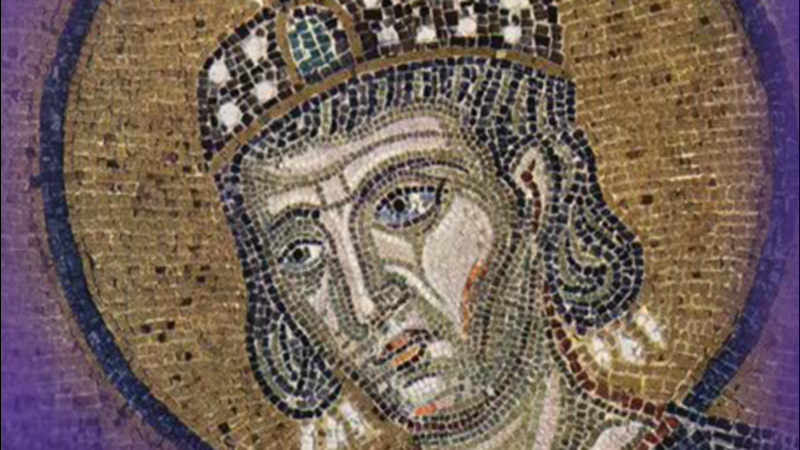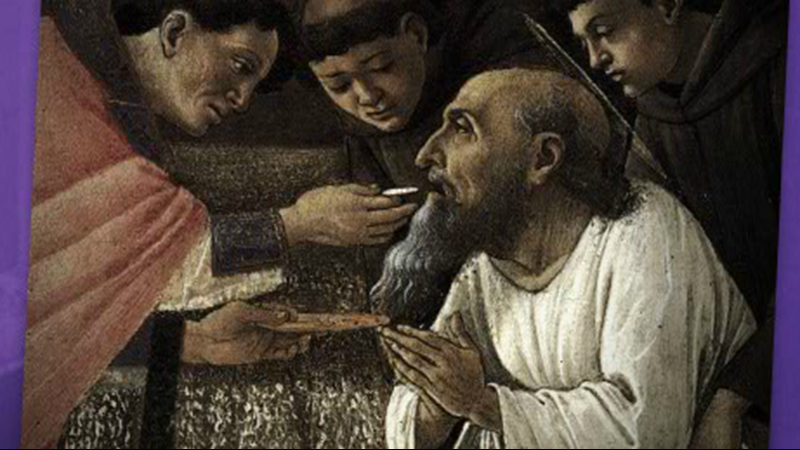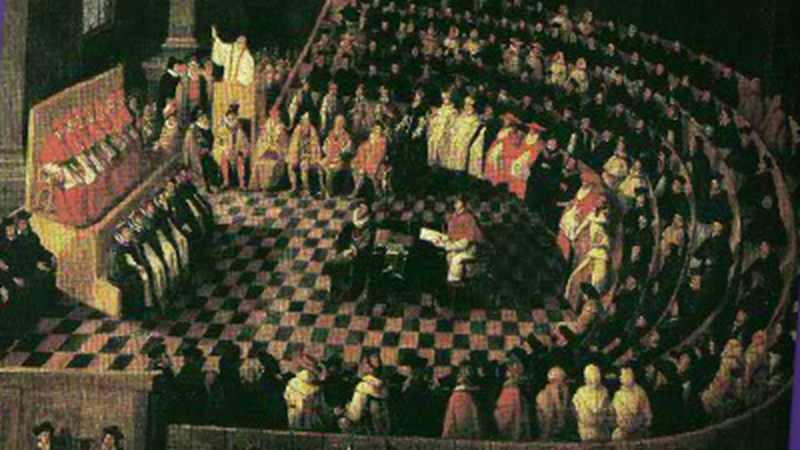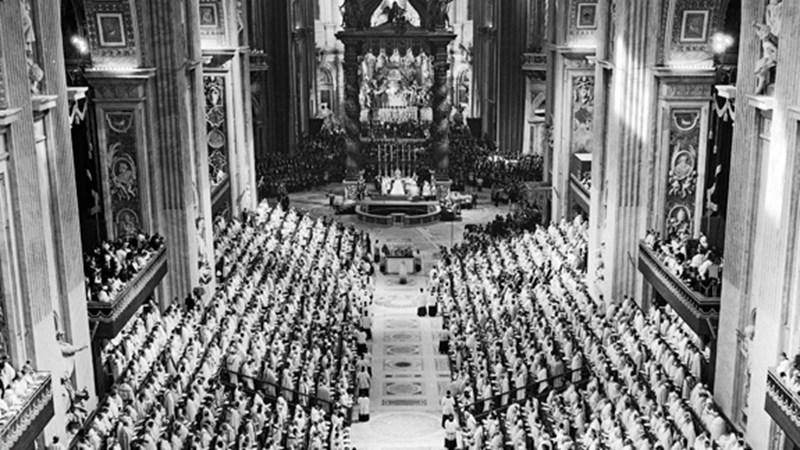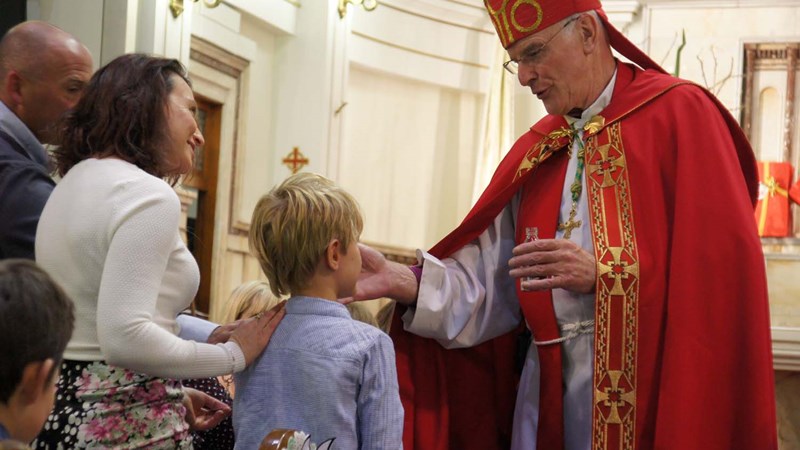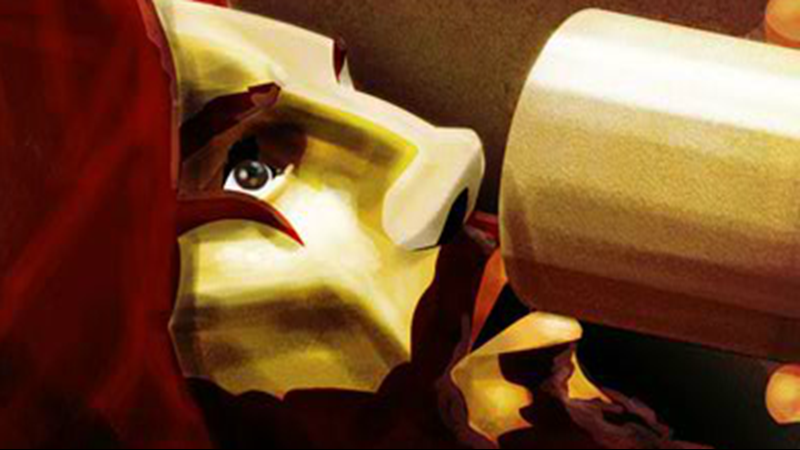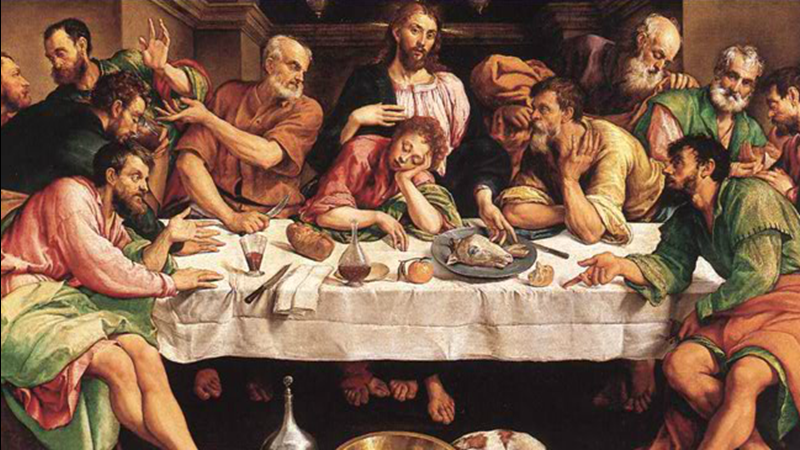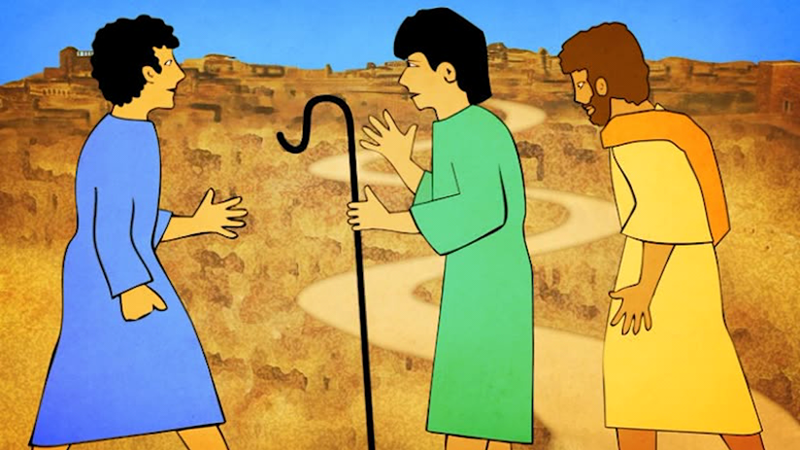Teachers' Notes
A catalogue of suggested approaches for using the learning objects in classroom situations.
- Learning Objects
- Resources
- Glossary
- Teachers' Notes
The Last Supper
This Object tells the story of the Last Supper in a way that will appeal to the early years. It provides the text of the three synoptic accounts of the event. The multimedia element is an animation of the Last Supper meal incorporating an audio recording of Luke 22:14-23.
Purpose of the Mass
This Object highlights nine key ‘purposes’ of the Mass; each theme is developed and supported by a statement of Church teaching. The multimedia element is an interactive illustrated ‘map’ of nine key statements describing the sacrament of Eucharist; clicking on each of the nine ‘tiles’ reveals a graphic with foundational information.
Road to Emmaus
This Object is based on the scriptural account of Jesus’ encounter with two disciples on their way to Emmaus; the longest single post-resurrection narrative in the gospels. The concepts of Eucharist as memorial, nourishment and experiencing the presence of Christ made evident in the biblical passage are developed in the commentary.
Paschal Mystery
This Object presents the three aspects of the Paschal Mystery: Life, Death, and Resurrection.
Passover
This Object teaches students about the Passover and Jesus’ Jewish heritage. It creates a link between the Passover Meal and the Last Supper, highlighting the ritual importance of sharing a meal. This Object names and describes the elements of the Passover Meal: four glasses of wine, candles, matzo, baytzah, Karpas, maror, zeroa, charoset, chazeret.
The Presences of Christ
This Object names the four ways in which Christ is present in the Eucharist: the Scripture, the Priest, the Bread and Wine, the Assembly. Moving over each of the four hot spots in the multimedia elements reveals an explanatory sentence about each of the ways in which Christ is present.
Participation in the Eucharist
This Object teaches students about the Eucharistic community; the importance of taking part in the celebration of the Eucharist and of sharing a meal together. The multimedia element is comprised of a series of ten photographic slides taken at different Eucharistic celebrations and which highlight key moments in the sacrament.
Living the Paschal Mystery
This Object seeks to make the connection between Christ’s Life, Death and Resurrection and the breaking of the bread at Mass, with the everyday experiences of the faithful. This multimedia element is a montage of words which express some of the key meanings and understandings of the Paschal Mystery in our lives.
Origins of the Eucharist
This Object is the first in a chronologically ordered set of six covering the evolution of the Eucharist from its origins through to the liturgical reforms of the Second Vatican Council. The multimedia element is comprised of eight images with key texts selected from the Supporting Content.
The Early Church
This Object is the second in a chronologically ordered set of six covering the evolution of the Eucharist from its origins through to the liturgical reforms of the Second Vatican Council. The multimedia element is comprised of seven images with key texts selected from the Supporting Content.
Religion of the Empire
This Object is the third in a chronologically ordered set of six covering the evolution of the Eucharist from its origins through to the liturgical reforms of the Second Vatican Council. The multimedia element is comprised of eleven images with key texts selected from the Supporting Content.
The Middle Ages
This Object is the fourth in a chronologically ordered set of six covering the evolution of the Eucharist from its origins through to the liturgical reforms of the Second Vatican Council. The multimedia element is comprised of eleven images with key texts selected from the Supporting Content.
Council of Trent
This Object is the fifth in a chronologically ordered set of six covering the evolution of the Eucharist from its origins through to the liturgical reforms of the Second Vatican Council. The multimedia element is comprised of ten images with key texts selected from the Supporting Content.
Vatican II
This Object is the sixth in a chronologically ordered set of six covering the evolution of the Eucharist from its origins through to the liturgical reforms of the Second Vatican Council. The multimedia element is comprised of nine images with key texts selected from the Supporting Content.
Sacraments of Initiation
This Object provides Church teaching on the three Sacraments of Initiation of our faith: Baptism, Confirmation, and Eucharist. These three sacraments together accomplish Christian initiation. The multimedia element is a graphical representation of three sacramental ‘moments’.
The Last Supper and the Mass
This Object is based on the Church tradition that the Eucharist was instituted by Jesus at the Last Supper. It advances the notion that the memorial of the Last Supper is a central ritual for Christians, as it has been throughout history since the event of Jesus celebrating his last meal.
Images of the Last Supper
This Object provides a unique perspective for studying the Last Supper. The portrayal of the Last Supper has been central to Christian art since the 2nd century; the art varies in different periods from symbolic to literal depictions.
A Surprise Along the Road
This Object is based on the scriptural account of Jesus’ encounter with two disciples on their way to Emmaus; the longest single post-resurrection narrative in the gospels. The nature of the Object is storytelling as the Object is directed at the early years. It provides an introduction to the Eucharistic themes of Jesus’ Passion and Resurrection.
